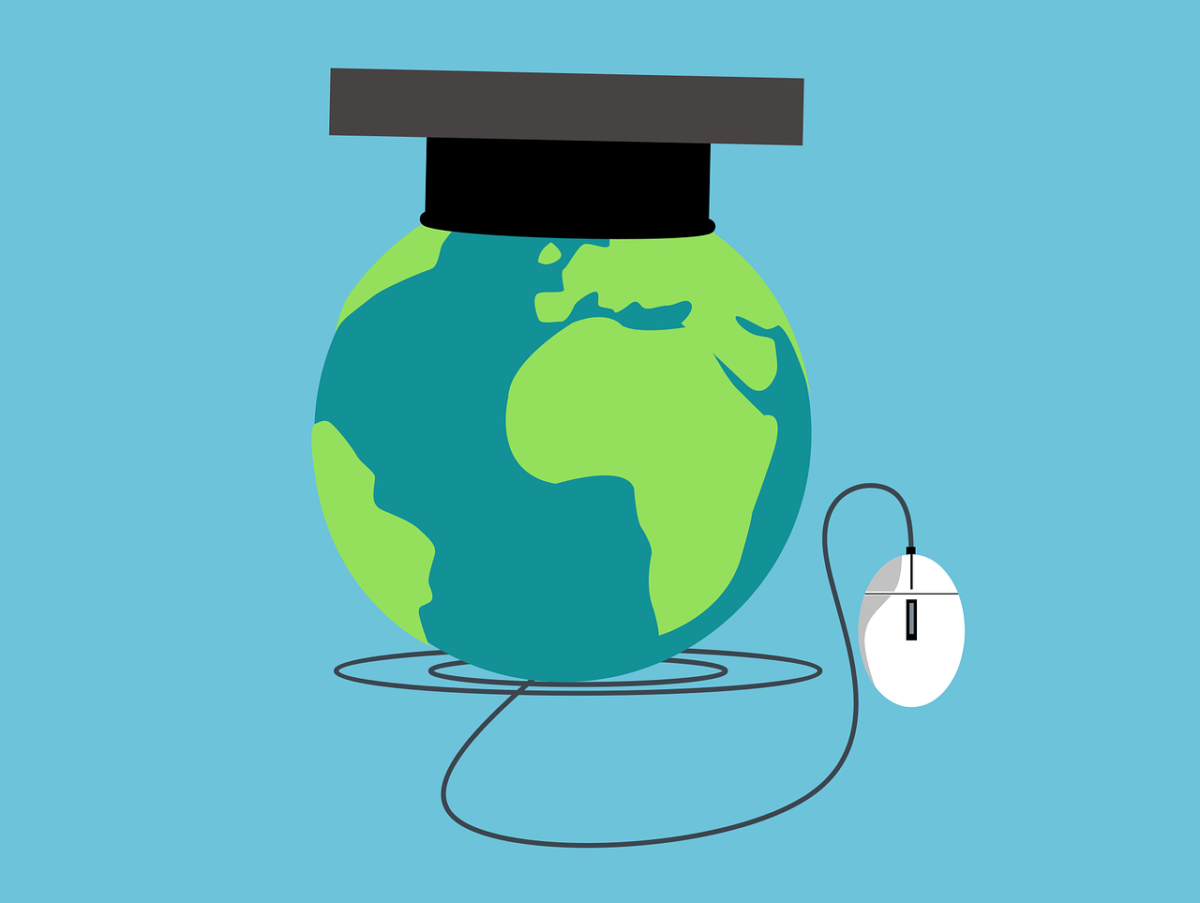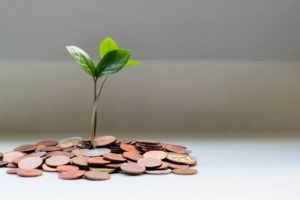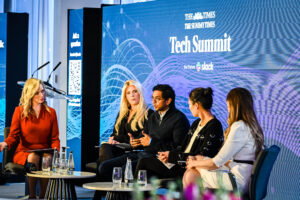As people all over the world wake up to the climate emergency, more and more of us expect brands and companies to play their part, and the media industry is no exception.
According to Mindshare’s 2022 annual trends report, 50% of people agree that "media brands should take an active stance on big issues in society" - and what could be a bigger issue than saving humanity?
While we can’t single-handedly change the whole world when it comes to sustainability, we can make sure we’re contributing our part.
At Mindshare, we already have our Good Growth proposition to live up to. But, to make an even bigger impact, a more collaborative approach is needed.
As the media industry sets out on a path towards integrating climate action into the way it does business, both media brands and agencies are taking a multi-faceted approach to the challenge, including new ways of operating behind the scenes, and making changes to their front-end production and ad solutions.
As new directions emerge and many start to rethink their ad and media models entirely, big changes in how we operate as an industry are coming.
Here are five areas to watch in green media this year.

1. A more sustainable way to create content
According to WPP, ad production generates up to a million tonnes of CO2 a year. A single hour of film typically generates five tonnes. However, what is more concerning is that around 97% of this footage is never even used on screen.
Companies are now seeking ways to cut travel time when filming and reduce duplication. Virtual sets are being tapped into more frequently, with AI being used to search, identify, recycle and repurpose footage.
As a result, we predict that AI could potentially become a significant part of the solution in the future. This will require a shift from relying on the most powerful AI to create and surface our content, to using more efficient models that do not need quite as much computing power.
As for the ads themselves, industry initiatives such as AdGreen, which was created to provide tools, services and sustainability expertise to the ad production community, will go a long way to help drive this change.
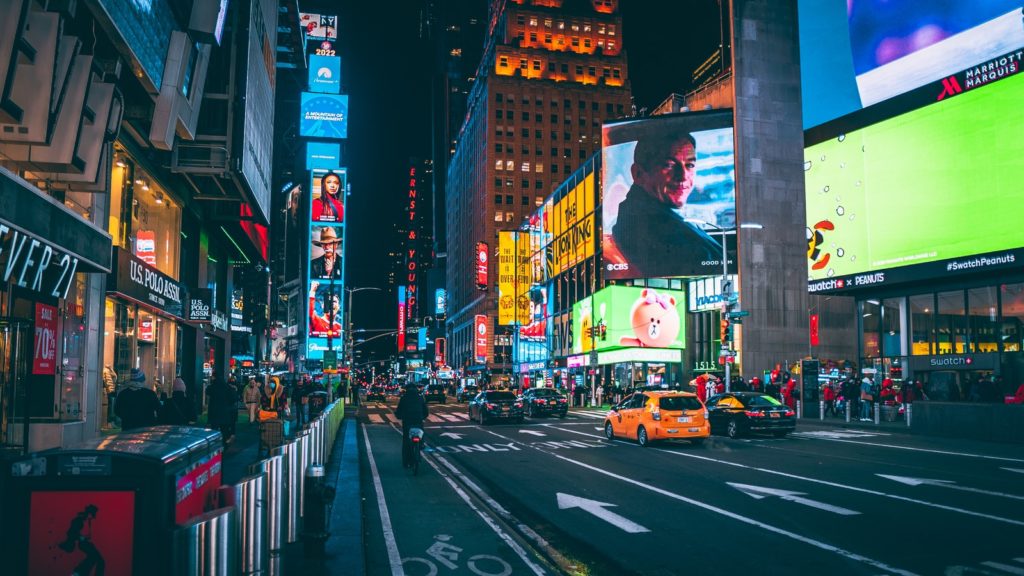
2. Eco-friendly formats and green tech
We are starting to see focus on the delivery format of the content or advert, too, whether the message concerns sustainability or not.
For example, magazine and newspaper brands are increasingly using paper that is responsibly-sourced, widely recyclable and printed by carbon neutral printers.
The out-of-home (OOH) industry is using even more embedded approaches, unique to the medium, with investment being fed back into local communities and more innovative OOH tech and installations emerging.
We are seeing many of these innovations help create cleaner air by absorbing or filtering pollution, smog-eating paints and fabrics for artwork developed and new OOH formats being used to encourage biodiversity. Even traditional digital OOH sites are being turned off or dimmed at night and powered via solar power or more renewable energy sources.
Additionally, as more utility features like Wi-Fi hotspots and USB ports are embedded into these formats - for example bus stops that provide solar powered Wi-Fi that also provides CO2 data to the council - will become even more important. Data will play an integral part in these ‘greener’ OOH digital formats and messages of the future, with measures and data points like air quality, weather, traffic and driving speeds all considered more than ever before.
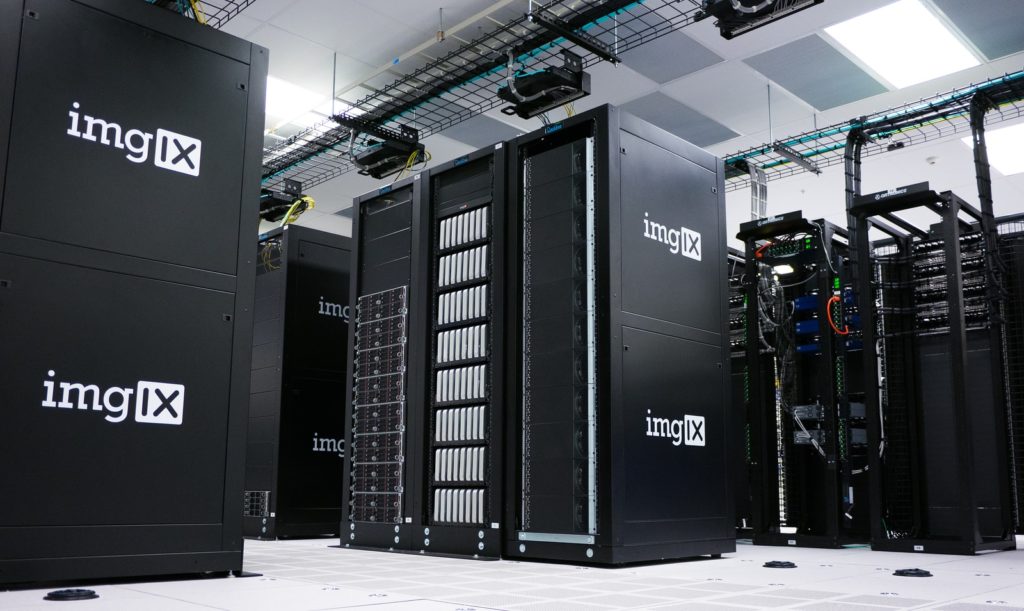
3. A more carbon-neutral approach
The carbon footprint of our internet and gadgets, plus the systems that support them, is said to produce a similar amount to that of the global airline industry - and this usage is only increasing.
In a bid to find ways to reduce - and eventually neutralise - this footprint, digital publishers are starting to experiment with green-hosted servers or by using more low-res imagery. The ad industry is also a large part of this ecosystem as well - for example, when a search link is clicked on.
With the digital ad ecosystem comprising such a huge part of our business now, the energy demands of the industry have increased substantially, and will continue to do so at pace. For example, 55% of WPP’s carbon emissions come from the media it uses for distributing ads - be it social networks, CTV, billboards or the long tail of the web (versus just 14% on production).
All major media partners are making their own commitments to net zero. However, we need a continued focus and collaboration from brands and the wider industry, too, to ensure this happens at scale.
The first wave of carbon calculators for media plans have also hit, but these are by no means perfect yet and are more suited to higher-level channel planning currently. However, they are a great start to embedding the right thinking.
Soon, we will see these improve and develop alongside media partner offerings, with the ability to tackle more granular media plans. Supplier detail is also coming, which could provide much more transparency between channels, for example.
It’s very possible that media could start to be represented in corporate social responsibility scores, and that measures like Return on Net Carbon become a more common part of our optimisation, KPIs and remuneration.
🚨New #ChangeTheBrief Alliance members alert 🚨
Purpose Disruptors welcomes @MCSaatchiLondon @mediabrandsUK & @OLIVER_Agency to the #ChangeTheBrief Alliance!
Alliance members learn how to adapt their work to promote more sustainable lifestyles in line with a net-zero world. pic.twitter.com/msSd4yhN5C— PurposeDisruptors (@PurposeDisrupt) February 22, 2022
4. A focus on the messages that advertising carries – from footprint to blueprint
The biggest impact we can have as an industry is in promoting sustainable choices and shifting the nation to think and behave differently. Central to this is the content and advertising messages we put out into the wider world.
According to a recent report, in 2019, advertised emissions from UK advertising (the emissions that result from the uplift in sales generated by advertising) were 186 million tonnes of CO2. This is 186 times bigger than the operational emissions of the UK ad industry and means that advertising is adding an extra 28% to the annual carbon footprint of every single person in the UK.
It has been suggested that the industry needs a framework so that those who commission, create, place, display and regulate advertising can measure and reduce the emissions associated with the consumption it generates.
Additionally, there are other industry initiatives working to encourage sustainable behaviour, values, attitudes, and lifestyle choices via the messages we communicate. For example, #ChangeTheBrief was a concept originated by Mindshare, and is now an industry-wide initiative that brings the collective power of the industry together via the #ChangeTheBrief Alliance.
Media brands can also play a big part with their content and messaging too, and a recent industry letter led by the Conscious Ad Network called for global leaders and tech platforms to take more action on this.
Furthermore, The Climate Content Pledge, announced at COP26, saw 12 broadcasters and streaming platforms - representing 70% of the time UK audiences spend watching TV and film - commit to using their content to help audiences understand what tackling climate change might mean for them, as well as inspiring and informing sustainable choices.
Some media partners are also redefining their product or content offerings. For example Amazon, has started to use ‘Climate Pledge Friendly’ labelling, which includes their own product certification and highlights products that meet sustainability standards.
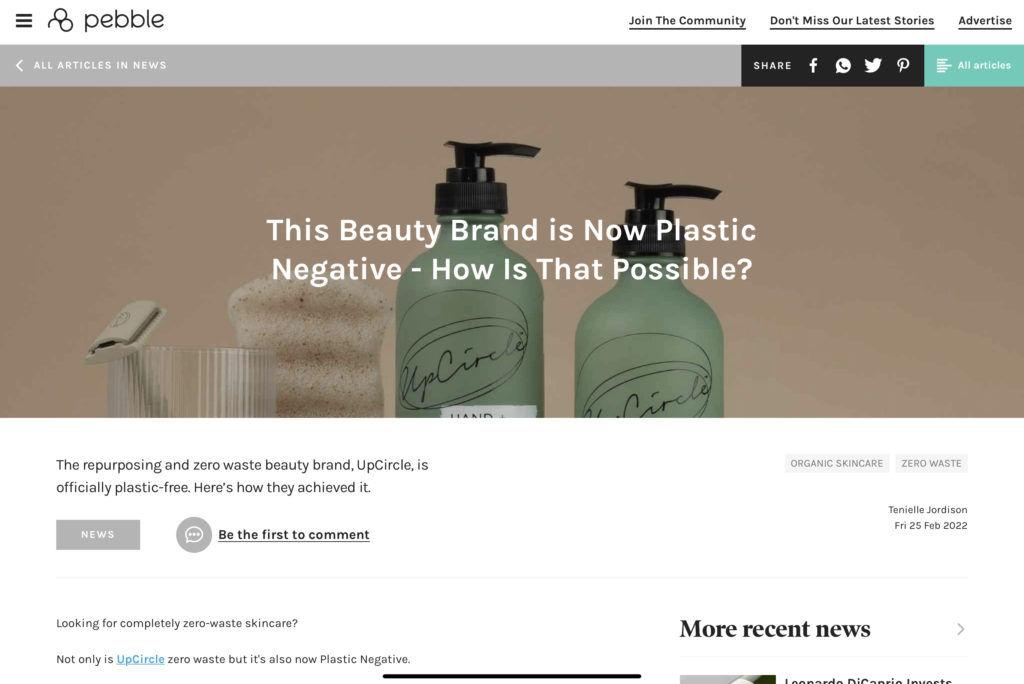
5. A new approach entirely from ‘pure-play’ sustainable media businesses
For established media brands it can be more about making the transition to becoming more sustainably minded. But media businesses born into, or directly out of this space are growing.
- We’re beginning to see new media propositions with social impact at their heart - for example, sustainable lifestyle magazine Pebble.
- ImpactWayv (a new social impact media platform uniting people, businesses and non-profits) also provides a space to engage with others to drive collective impact across causes and communities.
- From an ad perspective, initiatives from new companies are equally interesting, with some aiming to radically change the ad model entirely. WeAre8, for example, is an app and community platform that rewards users for watching ads by donating to charities, thus making a positive impact on both the brand and on the user’s side.
- Good Loop have also recently moved into the carbon calculator space, and their new ‘Green Ad Tag’ proposition provides more real-time carbon offset information about a brand’s live campaigns.
- Alternatively, a new solution from the company Right Thing Media bypasses the user entirely. Using existing ad budgets, they negotiate price reductions with digital media vendors and then any savings are used to offset the carbon impact of that brand campaign via their network of social impact non-profits.
Certifications can also be taken to Sustainability and Climate Risk (SCR) teams to prove the offset.
Climate conclusion
Step-by-step, the media industry is taking responsibility for reducing the impact of climate change.
With such diverse and innovative approaches now happening in this space, it’s clear that real, effective change in how we operate as an industry is already well underway as we continue to strive for a more sustainable future.


